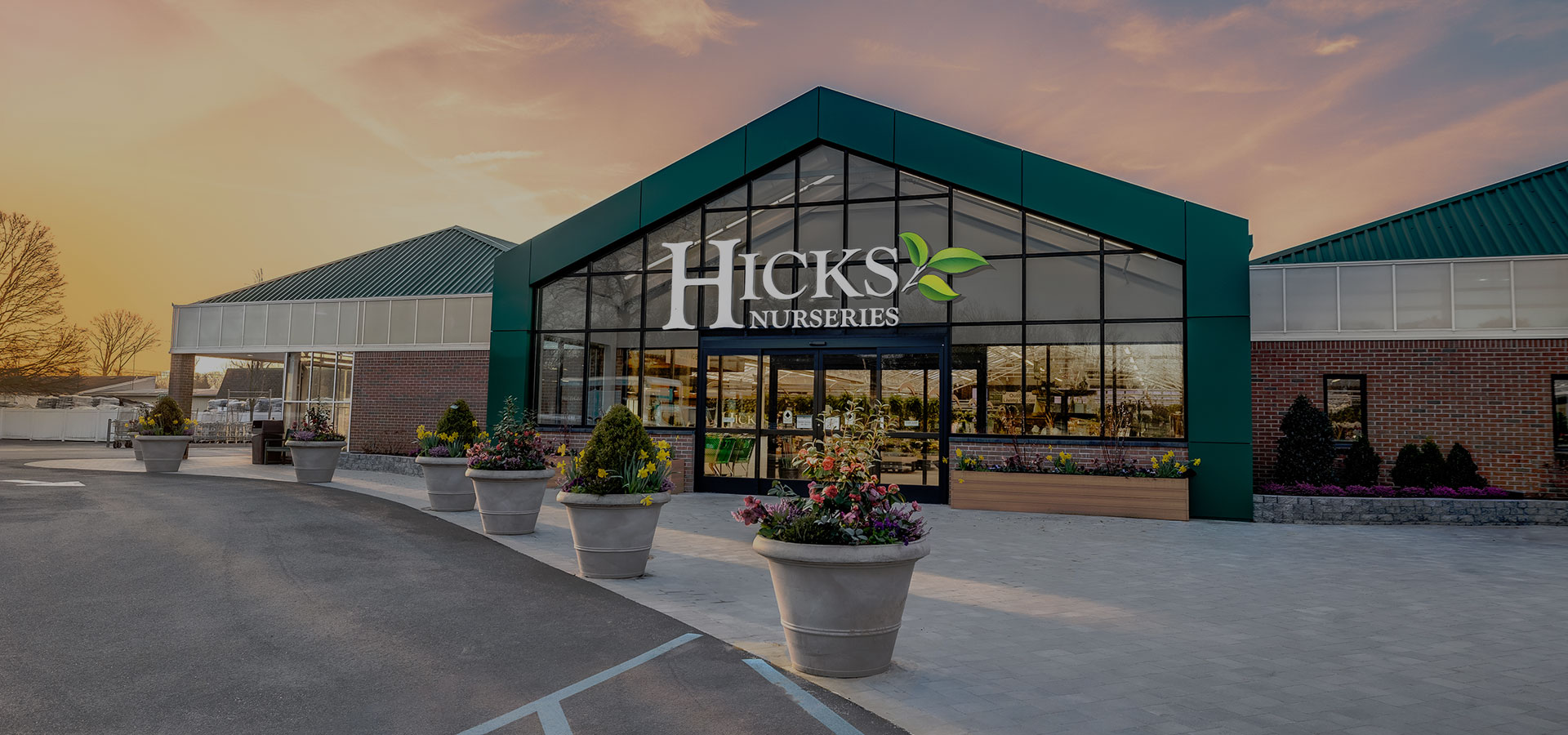[vc_row padding_top_multiplier=”” padding_bottom_multiplier=””][vc_column css=”.vc_custom_1515535628663{margin-top: -10px !important;padding-top: -10px !important;}”][movedo_social social_email=”yes” social_facebook=”yes” social_twitter=”yes” social_linkedin=”yes” social_reddit=”yes” icon_size=”small” icon_color=”grey” align=”center”][movedo_empty_space][/vc_column][/vc_row][vc_row padding_top_multiplier=””][vc_column][vc_column_text]The first restaurant POS system was introduced in 1973, back of house management technologies were implemented somewhere around the mid 90’s, and online table reservations weren’t officially activated until a little before 2000. Fast-forward to almost two decades later and a whole lot has changed. Not just in how technology is used for operations, but also how the customer experience has been augmented. Eating out is anything but ordinary at this point.[/vc_column_text][/vc_column][/vc_row][vc_row padding_top_multiplier=””][vc_column][movedo_title heading=”h2″ increase_heading=”120″ custom_font_family=”custom-font-1″ line_type=”line”]Mobile Apps[/movedo_title][/vc_column][/vc_row][vc_row padding_top_multiplier=””][vc_column][vc_single_image image=”25519″ img_size=”full” alignment=”center”][vc_column_text]While the app has enabled consumers the ability to quickly view menus at a moments notice, the push has begun to be the real pull with this mobile movement. Through GPS, geofencing, and Bluetooth technology restaurants are now able to send highly personalized and targeted messages to their customers. It’s marketing at micro level that feels relevant to the recipient. “We can customize guest communications and offers based on items purchased, frequency, dayparts, preferences, and personal information, versus relying on general assumptions from the industry,” says VP of Marketing Natalie Anderson Liu for MOOYAH burgers.[/vc_column_text][/vc_column][/vc_row][vc_row padding_top_multiplier=””][vc_column][movedo_title heading=”h2″ increase_heading=”120″ custom_font_family=”custom-font-1″ line_type=”line”]Delivery On Demand[/movedo_title][/vc_column][/vc_row][vc_row padding_top_multiplier=””][vc_column][vc_single_image image=”25520″ img_size=”full” alignment=”center”][vc_column_text]There was a day when drive thru, dine in, or pick up were the only options. There’s now a plethora of third party services out there like UberEats, GrubHub, DoorDash, and Postmates all making meal-time the most accessible no matter your given location. Recently though things have gotten a whole lot more interesting with major brands like Yum skipping the third party step and instead investing in the infrastructure on their own. The consumer consumption paradigm is continuing to shift and delivery may not be an optional part of the equation.[/vc_column_text][/vc_column][/vc_row][vc_row padding_top_multiplier=””][vc_column][movedo_title heading=”h2″ increase_heading=”120″ custom_font_family=”custom-font-1″ line_type=”line”]Mobile Bypass[/movedo_title][/vc_column][/vc_row][vc_row padding_top_multiplier=””][vc_column][vc_column_text]As restaurant brands begin to adopt the mobile element of ordering and eating, it’ll be more apparent to further distinguish the customer journey. With all of the convenience available at our fingertips, consumers are going to continue to expect a distinct experience that also aligns. Waiting in the same line as someone who’s pontificating a burger over a chicken sandwich, may not float for much longer. Recently Dunkin Donuts implemented a dedicated drive-thru lane exclusively for mobile ordering, giving DD perk members who ordered via the mobile app the benefit to bypass the ordering lane and merge straight into the line for pickup.[/vc_column_text][/vc_column][/vc_row][vc_row padding_top_multiplier=””][vc_column][movedo_title heading=”h2″ increase_heading=”120″ custom_font_family=”custom-font-1″ line_type=”line”]Self-Ordering Kiosks[/movedo_title][/vc_column][/vc_row][vc_row padding_top_multiplier=””][vc_column][vc_single_image image=”25523″ img_size=”full” alignment=”center”][vc_column_text]Fast food chains like Wendy’s and McDonald’s have been aggressively implementing self-ordering kiosks in higher performing stores. Both brands anticipate not only the benefit of cutting labor costs, but also same store revenues to grow, not to mention the valuable data they provide. Fast casual bakery and café Panera Bread might have been one of the first brands to truly test the waters in a large-scale effort over the years. Touch-screen kiosks were added as a way to replace the traditional cashier stations. Customers are empowered by the freedom to customization while FOH staff can now be dedicated BOH to accommodate the demand.[/vc_column_text][/vc_column][/vc_row][vc_row padding_top_multiplier=””][vc_column][movedo_title heading=”h2″ increase_heading=”120″ custom_font_family=”custom-font-1″ line_type=”line”]Full On Automation[/movedo_title][/vc_column][/vc_row][vc_row padding_top_multiplier=””][vc_column][vc_single_image image=”25525″ img_size=”full” alignment=”center”][vc_column_text]A few fast casual brands have taken the kiosk convenience to a whole other level by entirely automating the restaurant experience. One of the first brands to put the end-to-end automated foodservice experience on the map was San Francisco based quinoa bowl fast casual concept, Eatsa, featuring self-ordering kiosks and cubbies for food pickup. While expansion into other markets may have not served them well and ultimately resulting in store closings, the technology was not one to turn a blind eye at for other opportunistic brands. Chicago-based fast-casual concept Wow Bao, which specializes in buns, dumplings, and rice and noodle bowls, recently acknowledged the potential positive benefits of the automated process in their day-to-day restaurant operations.[/vc_column_text][/vc_column][/vc_row][vc_row padding_top_multiplier=””][vc_column][movedo_title heading=”h2″ increase_heading=”120″ custom_font_family=”custom-font-1″ line_type=”line”]Face-to-Face Ordering[/movedo_title][/vc_column][/vc_row][vc_row padding_top_multiplier=””][vc_column][vc_single_image image=”25521″ img_size=”full” alignment=”center”][vc_column_text]Chick-fil-A is well known within the industry for their prestigious ranks in customer service year after year, but speed is a factor in why they continually earn their high marks. Dine in or drive thru, they’ve armed (literally) their staff with tablets to shorten the wait and remove bottlenecks. Taking orders in the drive thru or once a customer steps foot in the restaurant gives employees the chance to still engage but expedite the service.[/vc_column_text][/vc_column][/vc_row][vc_row padding_top_multiplier=””][vc_column][movedo_title heading=”h2″ increase_heading=”120″ custom_font_family=”custom-font-1″ line_type=”line”]Loyalty Programs[/movedo_title][/vc_column][/vc_row][vc_row padding_top_multiplier=””][vc_column][vc_column_text]While the power of the loyalty program has seemed to diminish in the retail industry, it’s definitely establishing new value in the restaurant industry. Hands down Starbucks was one of the first brands to really establish a loyal presence in the market. From earning points to free refills and birthday rewards, coffee consumption became almost a game. Since then brands like Domino’s have been giving customers a chance to earn a piece of the pie in terms of rewards. With a simple model it’s almost impossible not to redeem the perks. For every $10 or more spent on any order, earn 10 points; earn 60 points, and receive a free, medium two-topping pizza. Combine that with the fact that ordering options are available on almost any device or platform possible, you can’t help understand the brand love.[/vc_column_text][/vc_column][/vc_row][vc_row padding_top_multiplier=””][vc_column][movedo_title heading=”h2″ increase_heading=”120″ custom_font_family=”custom-font-1″ line_type=”line”]Tabletop Tablets[/movedo_title][/vc_column][/vc_row][vc_row padding_top_multiplier=””][vc_column][vc_single_image image=”25522″ img_size=”full” alignment=”center”][vc_column_text]Ketchup, mustard, salt and pepper are condiments you often see on the table dining out at most popular fast food and fast casual restaurants. A new element, the tablet, is increasingly popping up as a tableside fixture at some of the industry’s largest chains. Not for the entertainment of children though, this is tool is intended for service. Whether it’s ordering or paying for food, these tablets are improving speed of service. Charlie Jones, executive director of digital and guest-facing technology for Applebee’s said, “More than 70 percent of Applebee’s diners interact with the tablets, and more than 50 percent of those guests will use it for payment.” The tabletop tablets have also been extremely valuable in terms of providing customer feedback. Rather than a receipt with a web address to seek out online, customers can give real-time reaction to their dining experience.[/vc_column_text][/vc_column][/vc_row][vc_row padding_top_multiplier=””][vc_column][movedo_divider padding_top=”20″ padding_bottom=”20″][/vc_column][/vc_row][vc_row padding_top_multiplier=””][vc_column][vc_column_text]QSR, fast casual, and fine dining… the restaurant industry as a whole is in full on innovation mode. While many brands may be seeking out these technologies as a way to manage physical labor more efficiently, there’s a whole lot more going on here. It’s about right-sizing the restaurant experience to let technology do what it can when applied. From the back of house to the front of house and overall operational benefits, these technologies are being created to provide a more seamless experience and help encourage needed repeat business. It’s also creating a platform for restaurants to now communicate with customers in new ways by offering customized services and incentives based on their needs.
Photo Credit: Chick-fil-A | Ridester | Lettuce Entertain You |[/vc_column_text][/vc_column][/vc_row]





